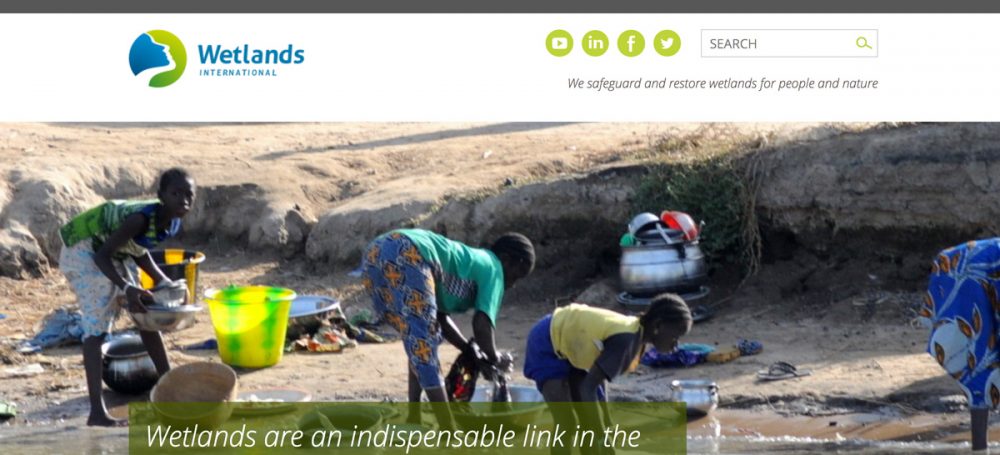On Friday 25 September the UN member states formally adopted the new development goals, which will set the world’s development agenda for the next 15 years. The 17 Sustainable Development Goals (SDGs) aim to tackle poverty, climate change and inequality around the world. We believe that wetlands will make a valuable contribution to these goals and are an indispensable link between the SDGs.
The 17 SDGs can be grouped into three main categories. Goals that aim to end poverty and hunger through sustainable economic growth and increasing food security, goals that aim to improve environmental sustainability, and a final group of goals that focus on human health, inclusiveness and gender equality. However, the goals are also dependent upon one another. People in extreme poverty have no option but to over use environmental resources, while development depends on healthy, functioning ecosystems as well as on an inclusive, equal society.
Wetlands will contribute to 7 of the 17 goals. Wetlands that are in good condition will be vital to achieving Goal 6 (Clean Water and Sanitation): Ensure availability and sustainable management of water and sanitation for all. They will also make a crucial difference to Goals 14 (Life Below Water) and 15 (Life On Land), which include targets on coastal ecosystems and inland freshwater ecosystems. They will also indirectly contribute to Goals 2 (Zero Hunger), 11 (Sustainable Cities and Communities), 12 (Responsible Consumption and Production) and 13 (Climate Action), which include targets on sustainable agricultural practices, water-related disasters, natural resources and resilience to climate change-related hazards and natural disasters.
Clearly, wetlands are vital ecosystems and just as they link and regulate water throughout the landscape, from the mountains to the sea, they are also an indispensable link in the SDGs. They also provide a wide range of benefits to society, including clean water, plentiful food and fish, an abundance of unique nature, improved local economies, and coastline protection. They are green infrastructure, regulating water flows to prevent desertification, drought and floods, and are the Earth’s greatest natural carbon stores. However, since 1900 more than 64% of wetlands have been lost and much of the rest have been degraded. If the world is to achieve the SDGs, we urgently need to conserve, rehabilitate and restore wetlands.
Summary presentation
For a short summary of how wetlands link with the SDGs, please take a look at the presentation below. Then share it on social media and help us spread the word about the importance of wetlands for the Sustainable Development Goals.
Could the SDGs help save wetlands? Can wetlands help achieve the SDGs? from Wetlands International





Comments closed.